1. Kraftwerk – Autobahn (1974)
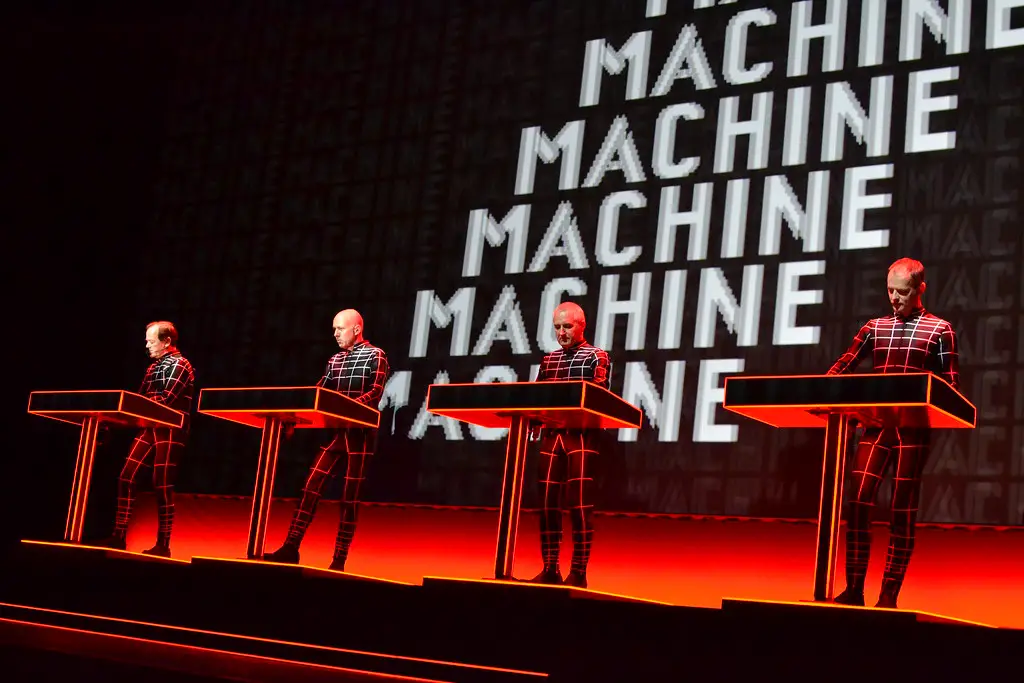
Before Autobahn, music didn’t really sound like machines were dreaming. But Kraftwerk leaned hard into technology, and this album paved the way for electronic music, ambient soundscapes, and even the birth of techno. With its robotic pulses and synthesizer-driven melodies, Autobahn felt futuristic and oddly human at the same time. It was minimalist and hypnotic, like a road trip for your brain shares DJ Mag.
The band’s chilly German precision struck a chord in unexpected places. You could draw a straight line from this album to everything from Detroit techno to Daft Punk. It was music without guitars, which felt radical at the time, and yet it resonated with a broad audience. Kraftwerk didn’t just make electronic music cool—they built the foundation adds Mojo Magazine.
2. The Velvet Underground – The Velvet Underground & Nico (1967)
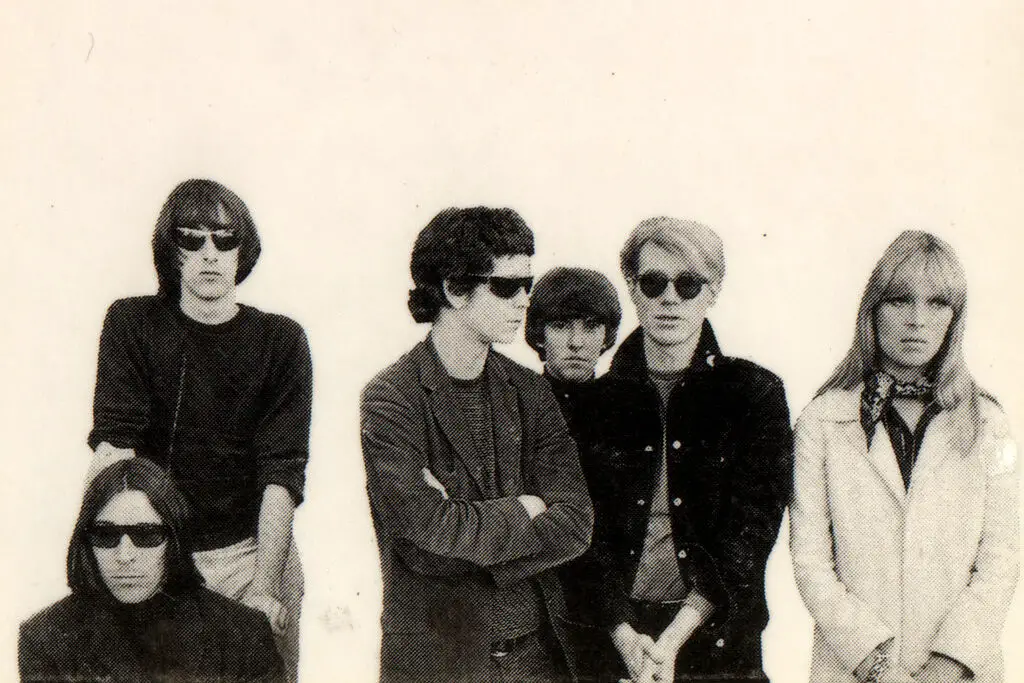
It may not have been a hit right away, but this album quietly lit the fuse for punk, indie rock, and just about every genre that prizes raw honesty. Lou Reed and company made music that was messy, dark, and completely unpolished. Paired with Nico’s haunting vocals and Andy Warhol’s cover art, the whole thing felt like art-school rebellion in audio form. It wasn’t just the sound that was new—it was the attitude shares Hotpress.
The album gave permission to be imperfect and weird, which was a lifeline for generations of musicians to come. From Sonic Youth to Patti Smith to modern garage bands, the DNA of this record is everywhere. It traded polish for grit and told stories few others dared to tell. That’s how you start a movement adds Live for Live Music.
3. DJ Kool Herc – Back to School Jam (1973, live set)

Okay, this one isn’t a traditional album, but it’s still history in motion. When DJ Kool Herc threw a party in the Bronx and looped the breakbeats from funk records, he accidentally invented hip-hop. No studio, no record deal—just two turntables, some James Brown, and a crowd ready to move. He stretched out the instrumental “breaks” so dancers could show off, and the energy caught fire.
Soon, rhymes were added on top and turntablism became an art. That humble party laid the groundwork for what would become one of the most influential music genres ever. Even without a formal release, the recording (and the technique) traveled by word of mouth and mixtapes. Sometimes, revolutions don’t need liner notes.
4. Miles Davis – Bitches Brew (1970)
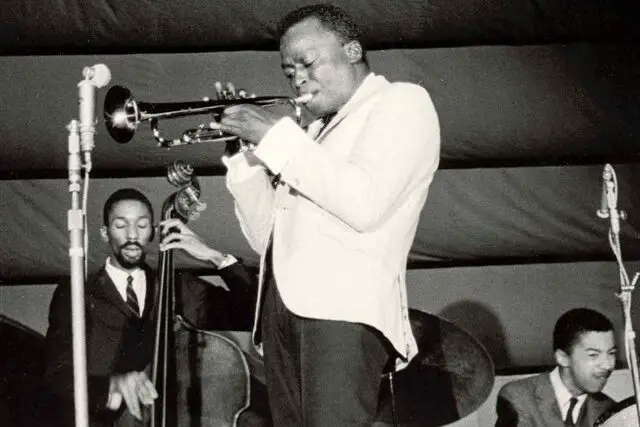
Jazz had rules. Miles Davis decided to ignore them. With Bitches Brew, he fused jazz with rock, funk, and avant-garde improvisation, creating what’s now called jazz fusion. The songs sprawled across two LPs with no concern for radio or traditional structure. The result was wild, messy, and completely intoxicating.
At the time, critics were divided, but younger musicians heard the future. You can hear its influence in everything from Weather Report to modern jam bands. Davis didn’t just bend genres—he vaporized them. This was jazz running full-speed into uncharted territory.
5. Black Sabbath – Black Sabbath (1970)

Rain, church bells, a crashing guitar riff—it was the sound of something new. When Black Sabbath released their debut, they weren’t just another heavy rock band. They were darker, doomier, and more aggressive. Suddenly, metal had a blueprint.
Ozzy Osbourne’s eerie vocals, Tony Iommi’s sludgy guitar, and that sense of impending dread became the pillars of heavy metal. Everything from Metallica to doom metal owes a debt to this record. At the time, critics hated it, but kids cranked it up in their basements anyway. Sometimes, fear is part of the appeal.
6. Brian Eno – Ambient 1: Music for Airports (1978)

This wasn’t music you danced to, or even sang along with. Brian Eno crafted Ambient 1 to play in airport terminals, but its gentle, drifting tones became a genre all their own. It was music as atmosphere—calming, spacey, and non-intrusive. The idea was that it could fade into the background but still shift your mood.
Ambient music didn’t exist in the mainstream before this. Eno introduced a sound that was about presence rather than performance. Now you can hear echoes of it in everything from meditation playlists to video game soundtracks. It was quiet, but it changed things.
7. Run-D.M.C. – Raising Hell (1986)
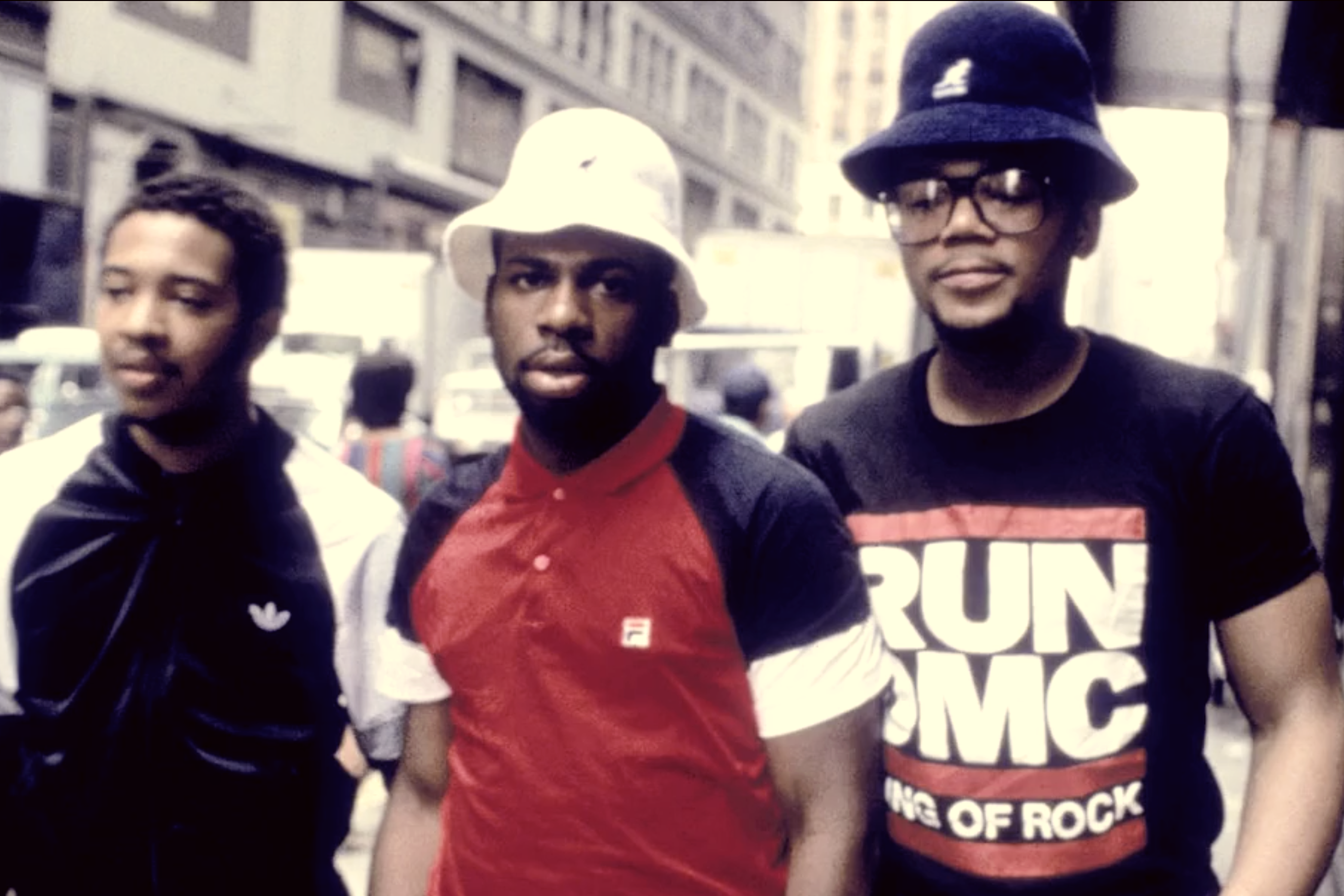
Before this album, hip-hop mostly lived in clubs and block parties. Run-D.M.C. brought it to the suburbs—and the charts. With their Adidas sneakers and no-nonsense delivery, they had a streetwise style that felt real. Then they dropped “Walk This Way” with Aerosmith, and suddenly rap met rock in a whole new way.
That collaboration didn’t just revive Aerosmith—it helped make rap mainstream. Raising Hell showed that hip-hop could have big production, crossover appeal, and still keep its edge. It paved the way for countless artists and brought rap to MTV. The game changed overnight.
8. Aphex Twin – Selected Ambient Works 85–92 (1992)
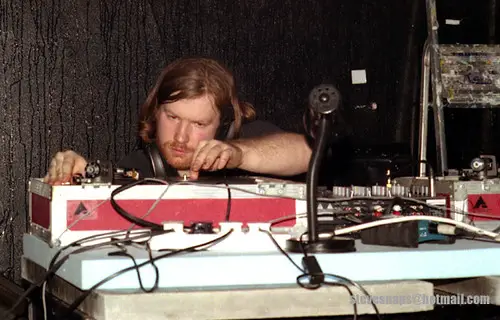
When Richard D. James (aka Aphex Twin) dropped this collection, electronic music took a strange, dreamy detour. The album wasn’t about pounding beats or dancefloor dominance—it was experimental, emotional, and oddly beautiful. It fused elements of ambient, techno, and IDM (intelligent dance music) before those labels really existed.
His DIY approach made it feel personal, almost like reading someone’s sonic diary. These weren’t just tracks—they were moods. Electronic artists who followed took notes, especially in how to balance complexity with feeling. It made the genre more introspective, and a little weirder in the best way.
9. Slayer – Reign in Blood (1986)
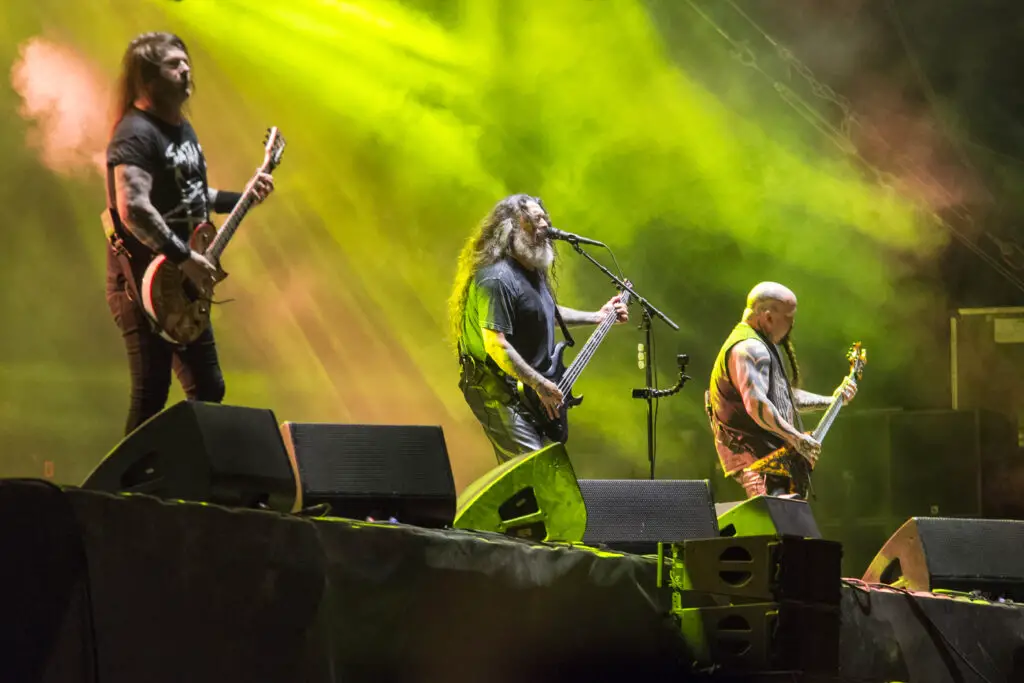
At just under 30 minutes, this album hit like a lightning strike. Slayer didn’t just play fast, they played like their lives depended on it. Reign in Blood is considered the birth of thrash metal—faster, heavier, and more aggressive than anything before it. Songs like “Angel of Death” pushed boundaries in both sound and subject.
The album’s relentless pace and brutal precision made it a cult favorite that later helped shape death metal. It was music as a full-body assault. While not for the faint of heart, it showed that speed and intensity could become an art form. The metal world never looked back.
10. Suicide – Suicide (1977)
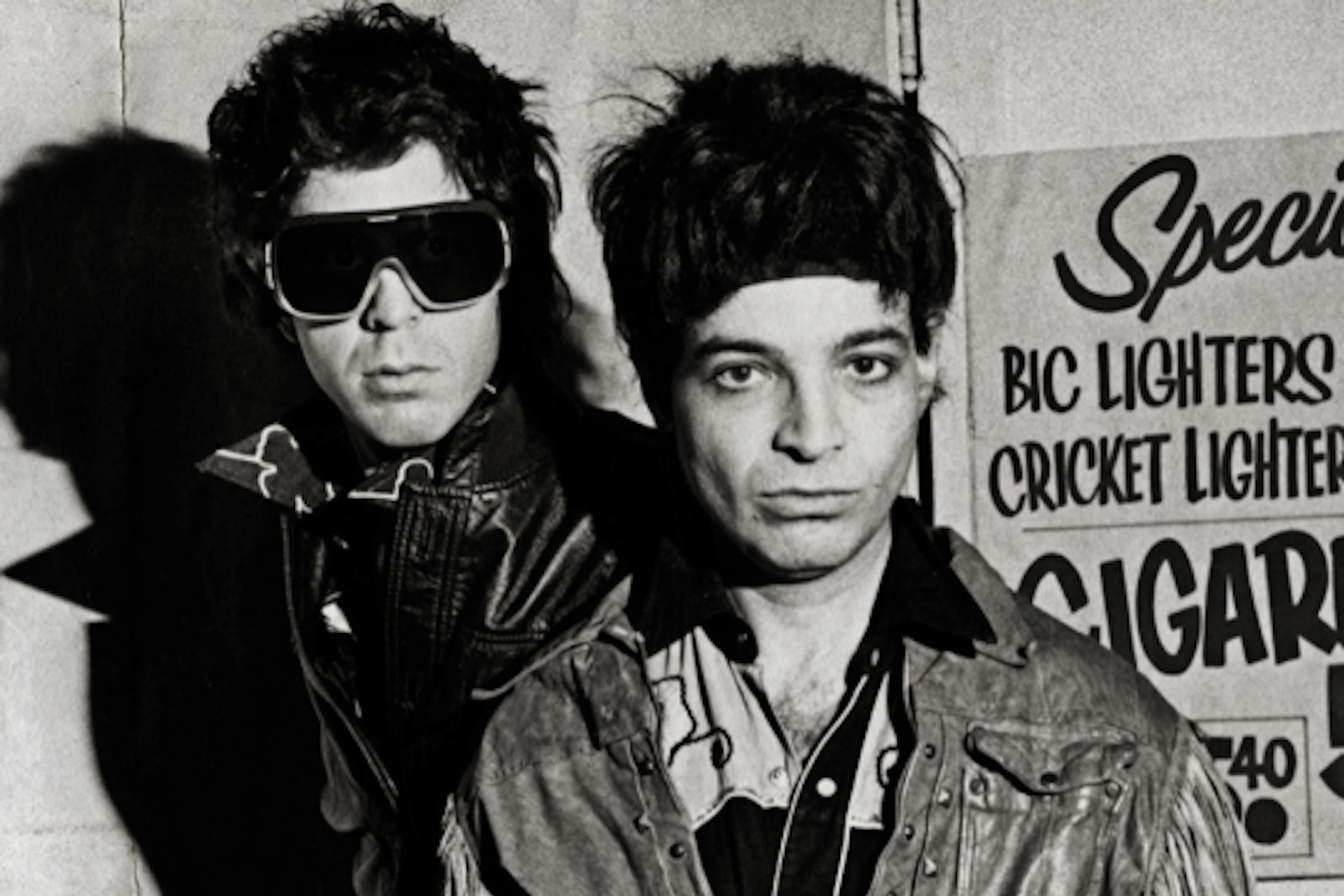
Most people didn’t know what to make of Suicide when they first heard them. The duo’s debut was raw, sparse, and powered entirely by synths and a drum machine. Alan Vega’s vocals sounded like they were coming from a haunted alleyway, while Martin Rev’s keyboards were jagged and primal. It wasn’t punk rock in the traditional sense, but it was definitely punk in spirit.
The album didn’t sell much, but it inspired future genres like synth-punk, industrial, and darkwave. Everyone from Nine Inch Nails to M.I.A. has tipped a hat to Suicide’s minimalist chaos. They made noise that sounded like nothing else—and that was the whole point. Sometimes being too early means you’re actually right on time.
11. Fela Kuti – Zombie (1976)
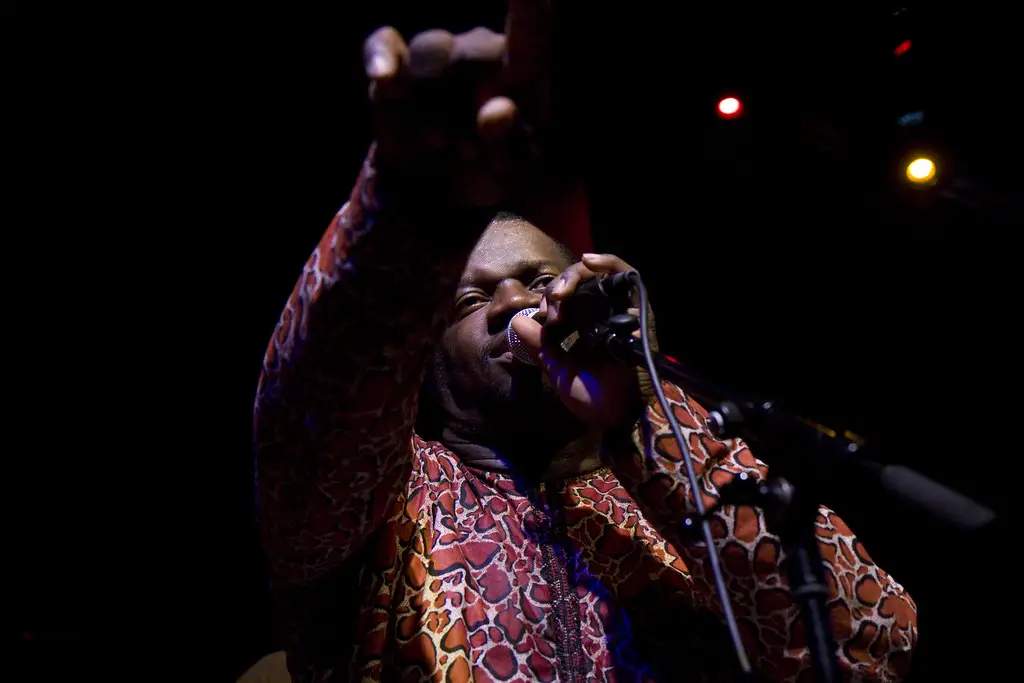
Fela Kuti was already shaking things up in Nigeria, but Zombie turned him into a political force. This album didn’t just create Afrobeat—it weaponized it. With intricate rhythms, sharp horns, and unflinching lyrics aimed at military oppression, Zombie was both a dance record and a protest. Kuti called out the regime directly, and it hit a nerve.
The backlash was brutal, but the music only grew louder. His fusion of funk, jazz, and African rhythms became the backbone of Afrobeat, which still influences artists around the globe. Zombie wasn’t just revolutionary in sound—it was revolutionary in purpose. That’s power through rhythm.
12. Daft Punk – Homework (1997)
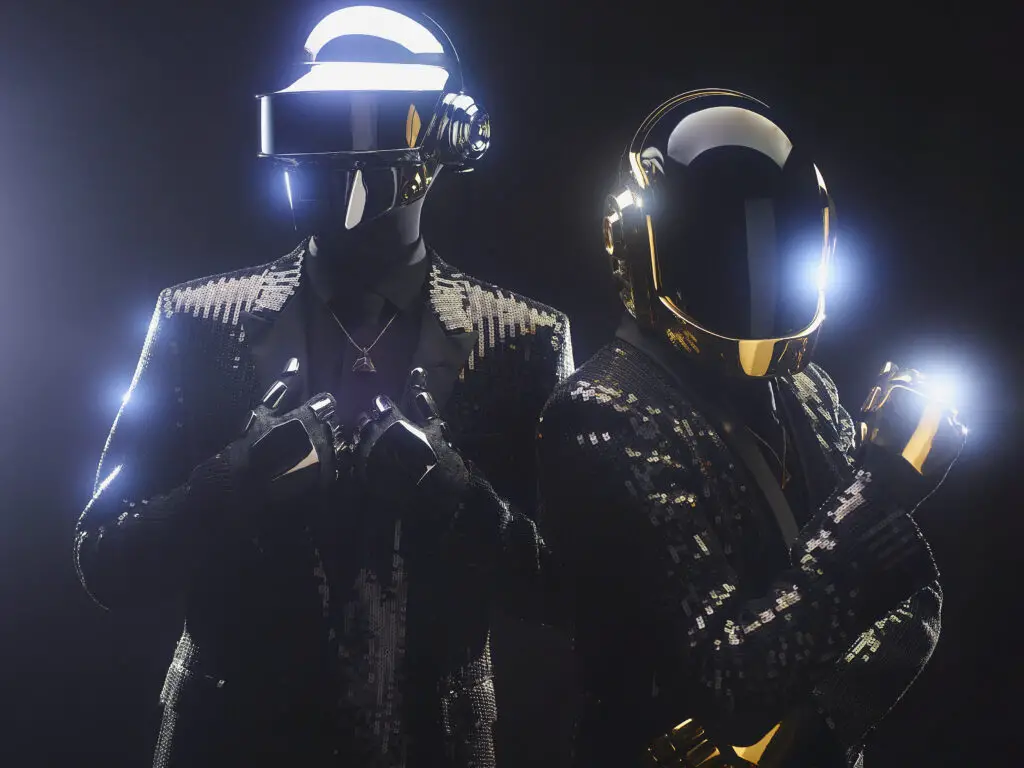
Before Homework, French house music wasn’t really on anyone’s radar. Then Daft Punk showed up with robot helmets and basslines that hit like a sledgehammer. Songs like “Da Funk” and “Around the World” redefined dance music, blending house, techno, and funk with a cool, futuristic vibe. It felt retro and cutting-edge all at once.
Homework brought electronic music out of the underground and into pop culture. It also laid the groundwork for EDM’s explosion in the 2000s. Their DIY ethic (they recorded a lot of it at home) inspired a generation of laptop producers. With this debut, Daft Punk made the dance floor a little weirder—and a lot more fun.
